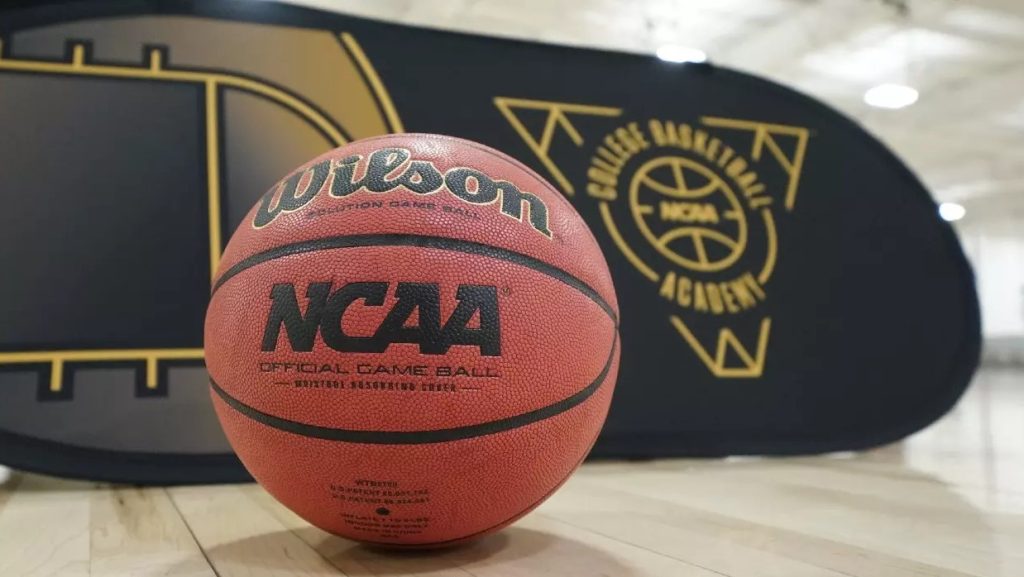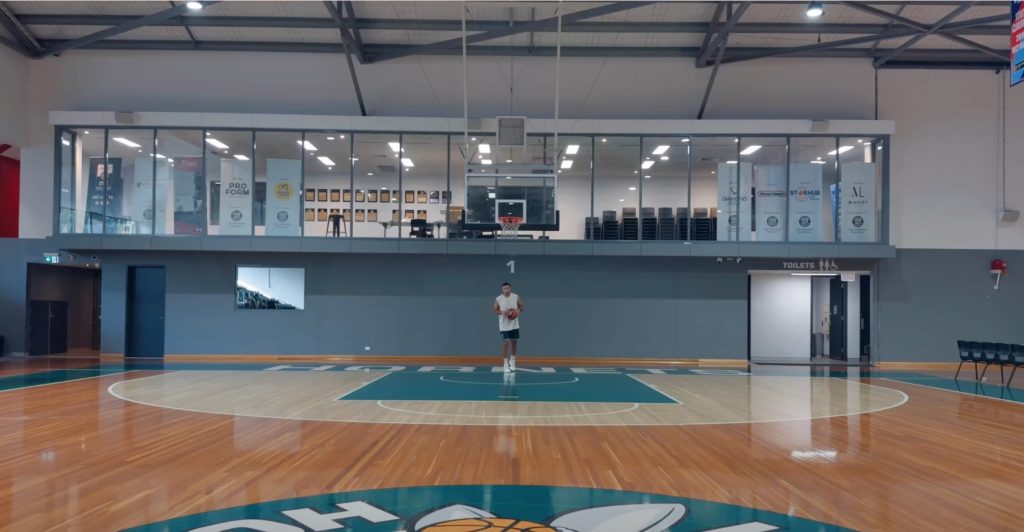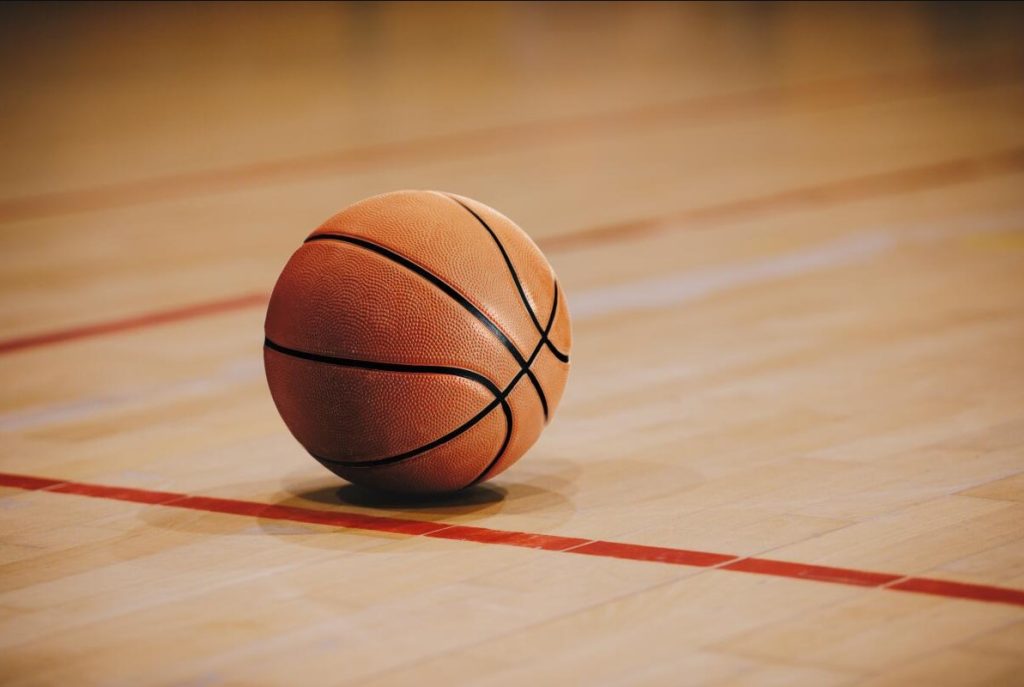What Is the Height of a Basketball Ring? Standard Measurement Explained 2025
Whether you’re shooting hoops at your neighborhood park or watching an NBA game, one thing remains consistent: the height of the basketball ring. This measurement is more than just a rule—it’s a fundamental aspect of the game’s challenge and skill development. For both casual players and professionals, knowing the standard height of a basketball ring is essential.

Crazy Time: Table of Contents
In this article, we’ll explore the official height, the history behind it, and how the ring height varies by age group, league, and level of play. We’ll also look at how this measurement affects gameplay, development, and equipment design.
1. What Is the Standard Height of a Basketball Ring?
The standard height of a basketball ring—from the floor to the top edge of the rim—is:
10 feet (3.05 meters)
This height is used universally across:
- NBA (National Basketball Association)
- FIBA (International Basketball Federation)
- NCAA (National Collegiate Athletic Association)
- NFHS (National Federation of State High School Associations)
Standard Basketball Ring Height by League
| League/Level | Ring Height | Metric Equivalent |
|---|---|---|
| NBA | 10 ft | 3.05 m |
| FIBA | 10 ft | 3.05 m |
| NCAA (College) | 10 ft | 3.05 m |
| High School (NFHS) | 10 ft | 3.05 m |
| Youth Basketball | Varies (6–10 ft) | 1.8–3.05 m |
2. Why Is the Basketball Ring 10 Feet High?

kaisi Time: The height standard of 10 feet dates back to the invention of basketball in 1891 by Dr. James Naismith. At the time, the first hoop—a peach basket—was nailed to a running track balcony 10 feet above the ground in Springfield, Massachusetts. That measurement has stuck ever since.
This height has become ideal because:
- It’s challenging but achievable.
- It promotes skill development and athleticism.
- It balances offense and defense.
- It allows room for layups, jump shots, and dunks.
3. Ring Height for Different Age Groups
Recommended Basketball Hoop Heights by Age
| Age Group | Recommended Rim Height | Metric Equivalent |
|---|---|---|
| 5–7 years old | 6 ft | 1.83 m |
| 8–10 years old | 8 ft | 2.44 m |
| 11–12 years old | 9 ft | 2.74 m |
| 13+ years (Youth League) | 10 ft | 3.05 m |
| Adult (All levels) | 10 ft | 3.05 m |
Lowering the rim for younger players:
- Encourages correct shooting form
- Reduces frustration and physical strain
- Enhances enjoyment and motivation
4. Rim Height Across Competitions and Leagues
Although the 10-foot height is universal, certain leagues may use adjustable hoops for training or recreational purposes.
Ring Height Use by League/Level
| League/Level | Adjustable Rims Used? | Rim Height (ft) | Notes |
|---|---|---|---|
| NBA | No | 10 ft | Fixed steel rims for pro play |
| NCAA | No | 10 ft | All college arenas use standard height |
| FIBA | No | 10 ft | Global standard |
| High School | No | 10 ft | Fixed height for official matches |
| Youth Basketball | Yes | 6–10 ft | Depends on age group |
| Recreational Gyms | Yes | 6–10 ft | Adjustable for skill levels |
5. How Rim Height Affects Gameplay
The height of the ring directly influences shooting technique, dunking, and defensive strategy.
Impact Areas:
a. Shooting Form
- Lower rims help young players develop proper arc and wrist action.
- On 10-ft rims, older players must use full-body coordination.
b. Layups and Dunks
- Players can practice dunking on 8- or 9-foot rims before progressing.
- Rim height plays a key role in the elevation and power needed for dunks.
c. Defensive Play
- Tall defenders can better contest shots when rims are at standard height.
- Lower rims make blocking and rebounding easier, which may hinder learning proper timing.
6. Ring Height and Basketball Equipment

In regulation play, the rim is fixed to a backboard that also adheres to strict standards.
Kg Time: Standard Hoop System Dimensions
| Component | Measurement (Imperial) | Metric Equivalent |
|---|---|---|
| Ring Height | 10 ft | 3.05 m |
| Rim Diameter | 18 in | 45.72 cm |
| Backboard Width | 72 in | 183 cm |
| Backboard Height | 42 in | 110 cm |
| Distance Backboard to Baseline | 4 ft | 1.22 m |
7. Misconceptions About Ring Height
Let’s clear up a few common myths:
- ❌ “NBA hoops are higher than high school hoops.”
➤ Not true. All competitive levels use 10 feet. - ❌ “Lower rims are for lazy players.”
➤ On the contrary, youth development benefits greatly from lower rims. - ❌ “Dunking on a 10-foot rim is easy for tall players.”
➤ Even tall players must have vertical leap and timing to dunk effectively.
8. Training Tips for Players at Each Rim Height
a. For Young Players (6–8 ft rims):
- Practice shooting with correct form—not just “throwing” the ball
- Focus on footwork, passing, and layups
b. Intermediate Players (9 ft):
- Begin practicing jump shots and floaters
- Try basic rim-touch or dunk drills
c. Advanced Players (10 ft):
- Use resistance bands or plyometrics to improve jumping
- Work on rebounding timing and shot mechanics
9. How to Measure Rim Height Accurately
To ensure your hoop is set at the proper height:
- Use a measuring tape from the playing surface to the top of the rim.
- Confirm that the rim is horizontal and not tilted.
- Use a level if needed to ensure accuracy, especially on portable hoops.

The 10-foot basketball ring height is a time-tested standard that balances fairness, skill, and challenge across all levels of play. From its roots in 1891 to modern-day arenas and backyard courts, this measurement shapes how players learn, compete, and master the game.
Understanding the appropriate height—especially for younger players—can lead to better development, more enjoyable games, and long-term passion for basketball. Whether you’re coaching a youth team or training for elite competition, recognizing the importance of rim height is key to leveling up your game.





